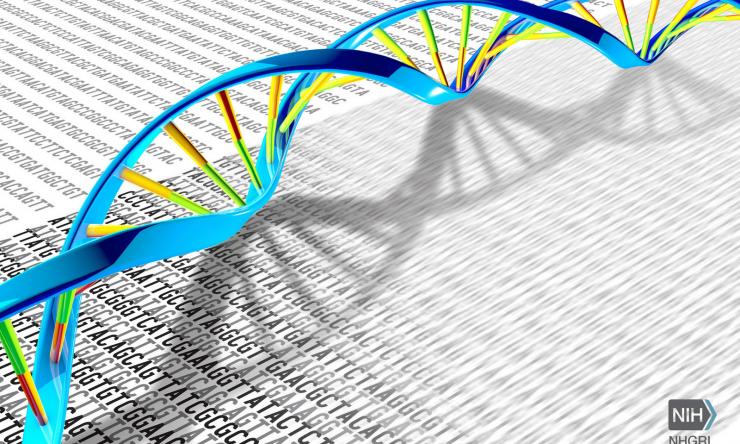Exome sequencing for congenital diaphragmatic hernia cases
Congenital diaphragmatic hernia (CDH) is a common, life-threatening birth defect. Often, CDH occurs with other birth defects (CDH+). In a new study, researchers at Baylor College of Medicine have shown that exome sequencing can identify the underlying diagnosis in a large percentage of children with CDH and at least one other anomaly. The study also used machine learning and clinical data to identify new genes that cause CDH. Their results are published in the Journal of Medical Genetics.
The researchers searched for CDH+ patients in a clinical database of approximately 12,000 individuals referred to Baylor Genetics for exome sequencing. In individuals with CDH+, the researchers found that exome sequencing provided a genetic cause in 37% of cases, and a provisional diagnosis in an additional 9% of cases.
“When you look at our results, there’s no question that exome sequencing increases the diagnostic yield,” said Dr. Daryl Scott, the study corresponding author and an associate professor in the Department of Molecular and Human Genetics at Baylor. “Based on these results, we recommend that children with CDH+ undergo exome sequencing to determine a cause.”
In addition to demonstrating the clinical utility of exome sequencing in CDH+, the researchers used a machine-learning algorithm previously developed at Baylor to help identify new genes that cause CDH. By comparing the pattern of genes already known to cause CDH with those of genes that carried damaging sequence changes, the team determined that mutations affecting ALG12, EP300, FOXP1, SMARCA4 and BRCA2 are rare causes of CDH.
“The biggest challenge is that diaphragmatic hernia is not 100% penetrant, meaning a change in a gene that causes diaphragmatic hernia might not always result in the person developing the defect,” Scott said. “The machine-learning algorithm provides us another level of evidence that a gene can cause CDH. Since this approach worked so well for diaphragmatic hernia, we are confident that it can also be used to find new genes that cause other, life-threatening birth defects. In fact, we are working on that right now.”
“Our paper is a work of interdisciplinary science using both statistics and computation as well as biomedical knowledge,” said Dr. Chad Shaw, study author and professor in the Department of Molecular and Human Genetics at Baylor. “The work demonstrates the power of close teamwork and interdisciplinary research at Baylor. We plan to extend the statistical pattern matching approach we applied in this context to other genetic diseases, and we just got NIH funding to pursue this work.”
Other authors who contributed to this work are Tiana M. Scott, Dr. Ian M. Campbell, Dr. Andres Hernandez-Garcia, Dr. Seema R. Lalani, Dr. Pengfei Liu and Jill A. Rosenfeld. They are affiliated with Baylor College of Medicine, Texas Children’s Hospital, Brigham Young University, Children’s Hospital of Philadelphia and Baylor Genetics.
This research was funded in part by National Institutes of Health/National Institute of Child Health and Human Development grant HD098458.










